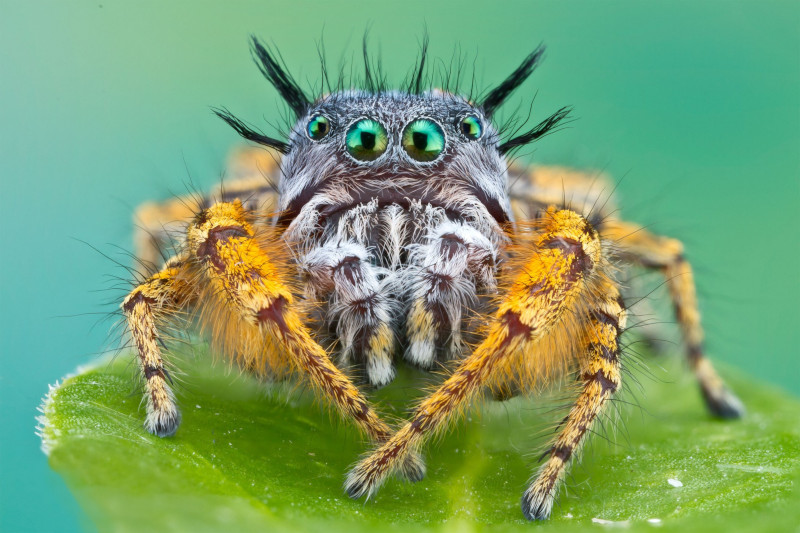
Bagheera kiplingi Facts
- First of all, the seemingly unassuming small arachnid known as the Bagheera kiplingi remains distinctive for a wide variety of reasons. However, the creature has no common name at this point, just the scientific term. The name of the species, and its genus itself, derives from the character of Bagheera, in the Rudyard Kipling novel.
- To date, however, only three other spiders appear in this small but fascinating genus. Yet, all of these invertebrates, of a type known as jumping spiders, share one remarkable trait. Each of them, unlike the vast majority of arachnids, includes plant matter in its diet. Entomologists George and Elizabeth Peckham discovered and named all four, in 1896.
- But, the Bagheera kiplingi stands out, even among this small but amazing genus. That’s because this particular species goes one step further than its brethren. That’s because this creature ranks as the only known in which plant matter comprises the majority of its diet. For all other known spiders with a herbivorous diet, flora forms only a minor part of it.
- For the moment, the IUCN has no listing for this astonishing arthropod on its Red List of Threatened Species. The species remains elusive, therefore reliable data about certain facets if its life continues to be scarce. Yet, given the location and nature of its specific habitat, it can be assumed that it faces threats similar to many other species. These dangers primarily include habitat loss and climate change.
Related Articles
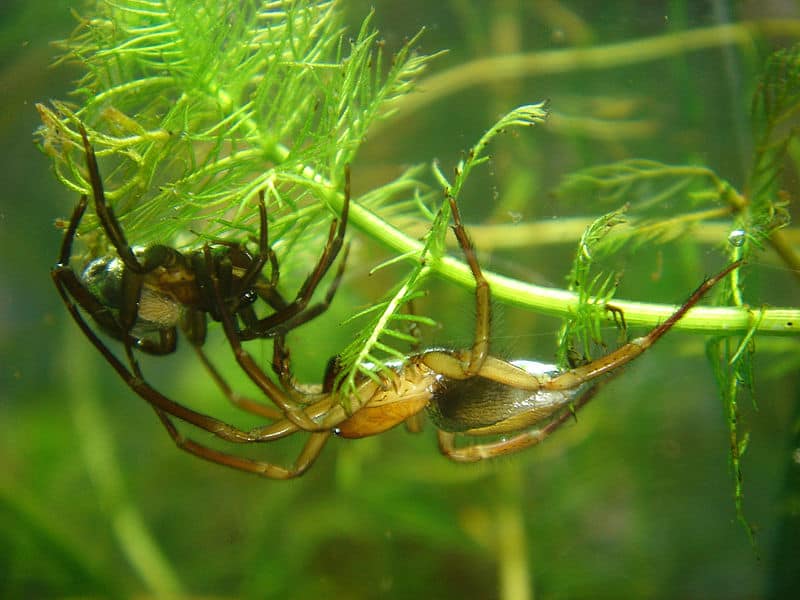
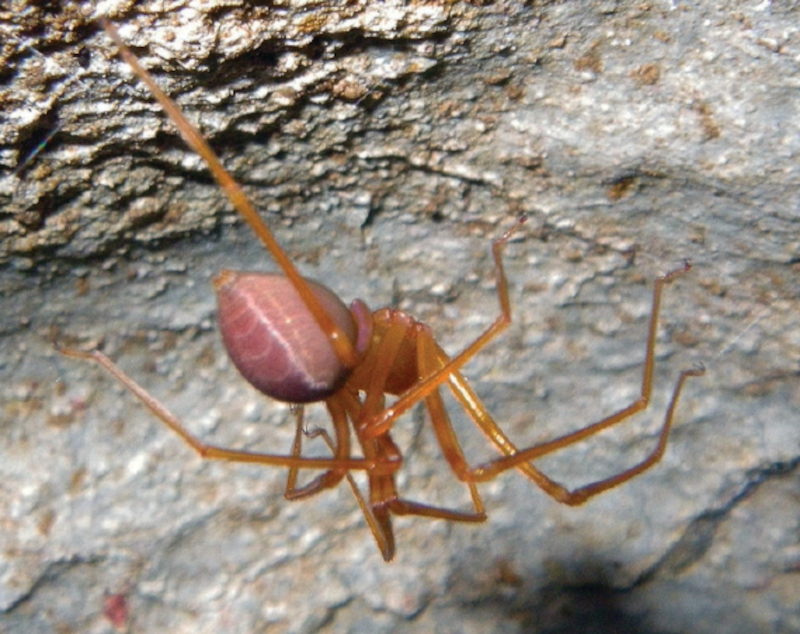
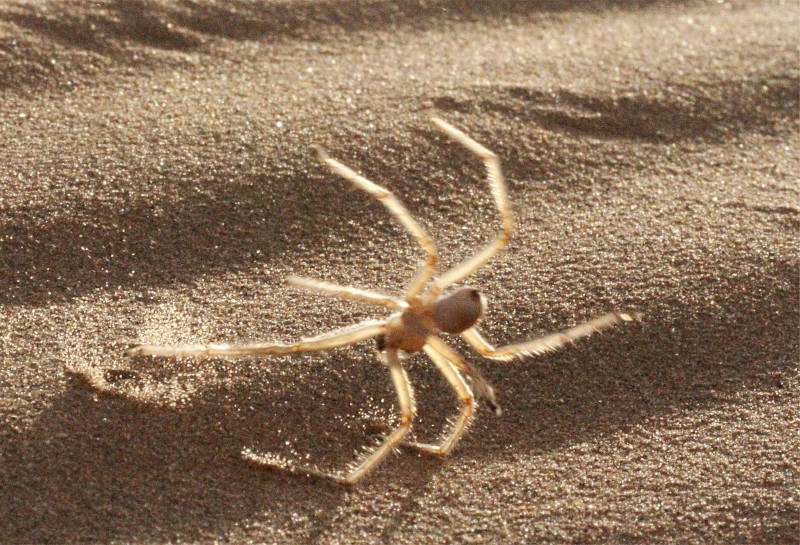
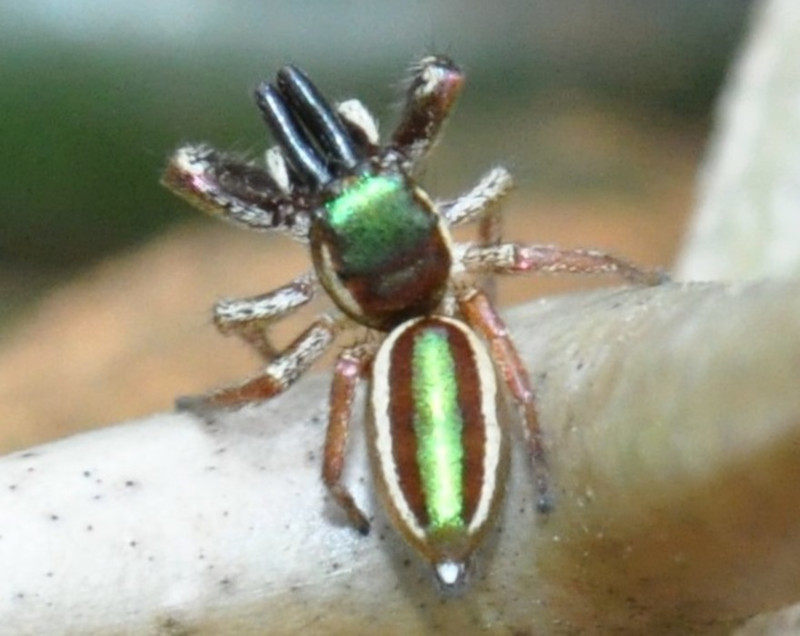
Bagheera kiplingi Physical Description
Perhaps most notably, despite the many other impressive characteristics of the Bagheera kiplingi, sheer size does not rank among them. That statement holds true due to the quite surprising fact that this diminutive arachnid only attains an average legspan measuring about 0.2 in (6 mm).
Further, it also displays a marked degree of sexual dimorphism. But in the case of this particular invertebrate, the display of this principle occurs in several ways. This characteristic primarily presents itself in terms of natural coloring. But, a small shape difference also exists, with the female having a sturdier abdomen.
In fact, the visual appearance of this arthropod remains so striking that an untrained observer might mistake the two genders for separate species. Firstly, the male develops a mainly green head and thorax. But, its abdomen appears reddish, with green stripes. Additionally, the legs of the male show a dark amber in color.
Meanwhile, the female displays a rather different color pattern. For starters, her head and thorax display a reddish-brown color. Also, a spot on the top of the head has a black coloring. In addition, her abdomen shows a light brown, with markings of darker brown and green. Finally, while her two front legs are amber colored, the others show a light yellow.
- Kingdom: Animalia
- Phylum: Arthropoda
- Class: Arachnida
- Order:Araneae
- Family: Salticidae
- Genus: Bagheera
- Species: B: kiplingi
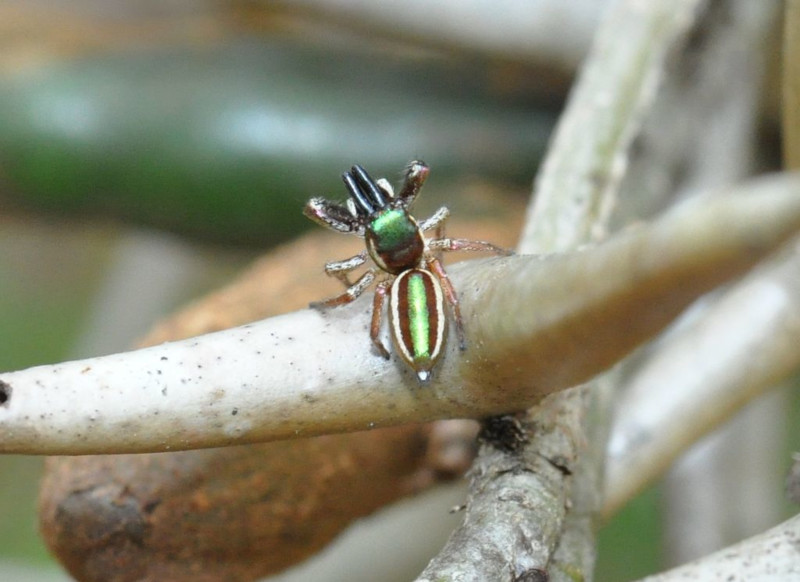
Bagheera kiplingi Distribution, Habitat, and Ecology
To date, the incredible Bagheera kiplingi only inhabits a small section of the world. But, even there it only appears in scattered pockets. One portion of this region includes parts of the country of Mexico, in North America. The rest of its known range includes the countries of Guatemala and Costa Rica, in Central America.
Furthermore, within these limited areas, the invertebrate only appears in areas of lush, tropical vegetation. On the other hand, this enterprising arachnid does not display any particular range, in terms of elevation. As long as sufficient vegetation of the right kind is present, it will inhabit the region.
It does, however, display a strong preference for a specific type of vegetation. That’s because it lives almost exclusively in various types of Angiosperms. In fact, it only makes its home in a species of Acacia, known as the swollen-thorn acacia, unless none exist in its area. This occurs due to a high degree of specialization in the invertebrate.
Although it does feed primarily on plant matter, this consists almost exclusively of what’s known as Beltian-bodies. These are specialized tips appearing on the ends of the pinnules of the swollen-thorn acacia. Since these trees keep their leaves throughout the year, the spider has a readily available food supply at all times.
However, the enterprising arachnid evolved a quite fascinating, almost symbiotic, relationship with certain ant species. The ants defend the source of food that both species share, from invaders. Meanwhile, the spider long ago learned how to avoid the ants. In addition, the limited quantity of non-plant mater the spider consumes largely includes species that prey on the ants. Thus, both species benefit from the relationship.
Species Sharing Its Range
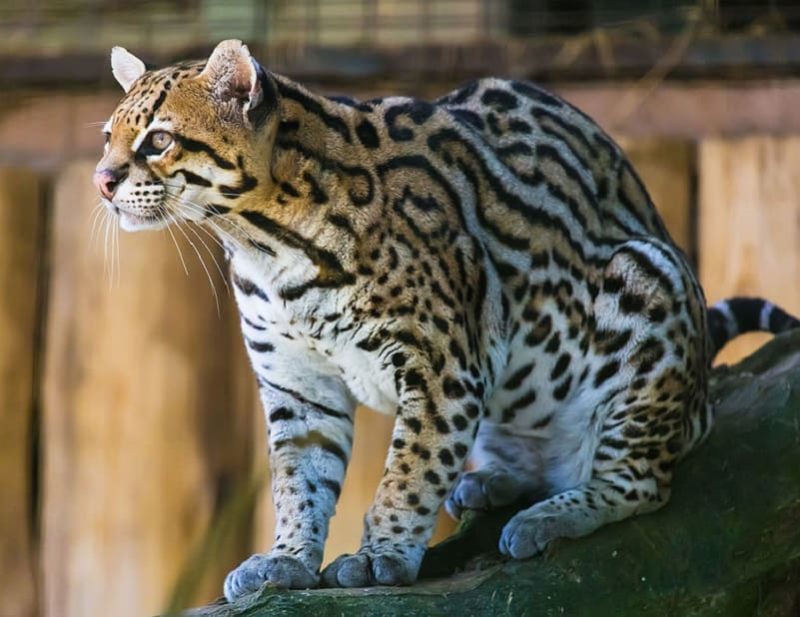
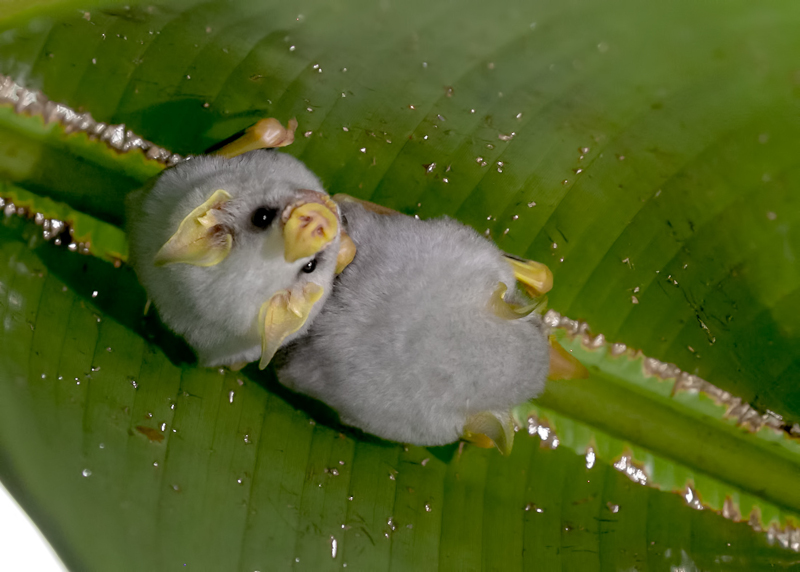
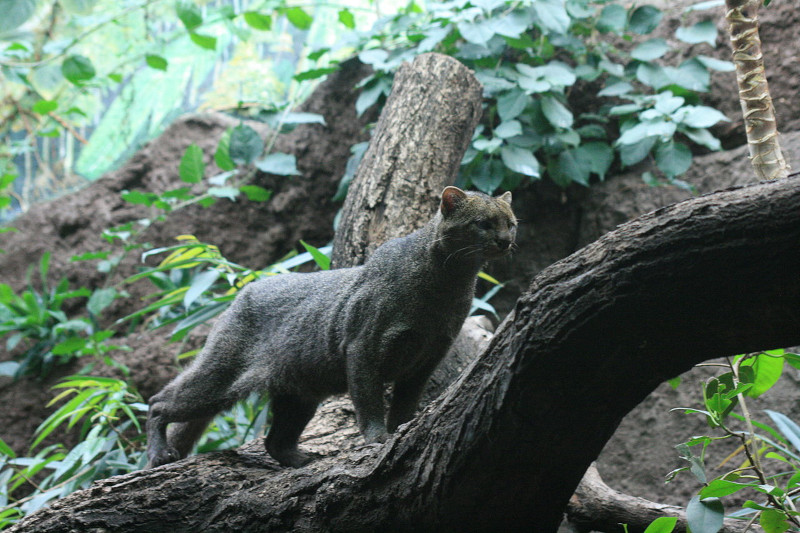
Check out our other articles on 4 Remarkably Unique Rabbits, Atlantic Trumpetfish, Salar de Uyuni, Tasmanian Devil, Venus Flytrap, Inaccessible Island Rail, Wallace’s Flying Frog









Leave a Reply